#british witchcraft
Explore tagged Tumblr posts
Text
I’ve discovered that my college library has a lot of Katharine Briggs books.
I am so incredibly excited I can finally read her books but my mischievous side is coming out.
I am considering writing notes or copying the books on my computer and posting them here on tumblr so the vast majority of the Internet, who don’t have access to this important author, can finally read her.
Let me know in the comments if you want me to do this.
#Katharine Briggs#british folklore#Katharine Mary Briggs#British folk tales#encyclopedia of fairies#a dictionary of fairies#nine lives: the folklore of cats#the folklore of the Cotswolds#folktales of England#forgotten folk tales of the English counties#British witchcraft#pagan#celtic witch#welsh witch#paganism#witchcraft
3 notes
·
View notes
Text
As a British warlock I thought I'd give a little perspective/ my thoughts on bonfire night:
Though I am British I don't celebrate bonfire night because the actual history of the holiday is wild. Celebrating hanging drawing and quartering a man after torturing him into a confession is not something to celebrate. Especially since catholics in england at the time were persecuted even more severely after the gunpowder plot, and a few other attempts to kill the monarch of the time. I'm not pro-terrorism (blowing up the houses of parliament) but I'm also anti-monarchy and anti-torture and the death penalty, so that's why.
The holiday itself, however, has nostalgia for me from my childhood, so I usually take this time of year to actually remember the 5th of November, and light a candle in honor of the many people who were unjustly killed in the name of a Protestant England, including Guy fawkes. There are usually fireworks going on, sometimes I will watch them from my window.
This is essentially the opposite of ancestral veneration. Though I venerate my ancestors from a time before colonialism and my recent deceased relatives I would rather not invite the colonisers, racists and people who would want me dead as a queer person into my home. I imagine my ancestors from this time also don't want my veneration, since I practice Witchcraft and am dating a (culturally) Catholic Irish person who they would consider subhuman.
I also sometimes rewatch V for vendetta because it's a good movie imo
#5th of november#bonfire night#british folk magic#folk magic#ancestral work#witchcraft#british witchcraft#the warlock speaks
1 note
·
View note
Text
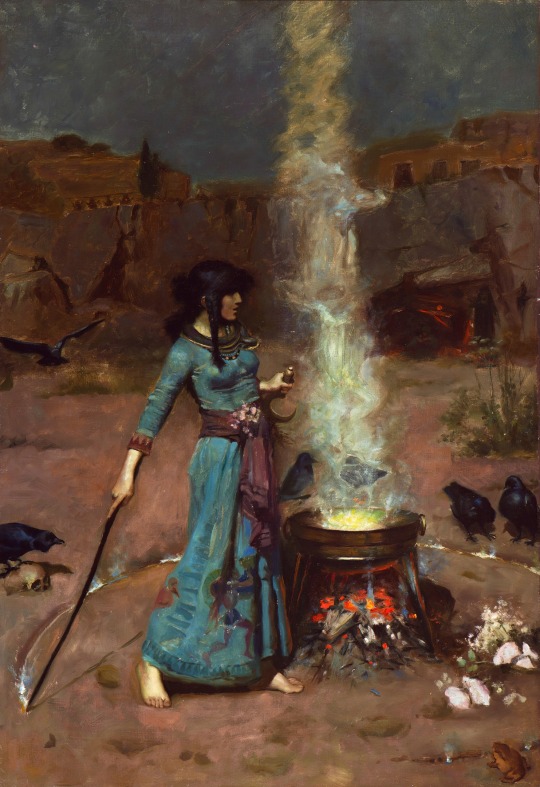
The Magic Circle by John William Waterhouse (1886)
#john william waterhouse#art#paintings#fine art#19th century#19th century art#romanticism#pre-raphaelite#painting#british art#british artist#witch#witches#witchcraft#sorceress#magic circle#classic art
8K notes
·
View notes
Text
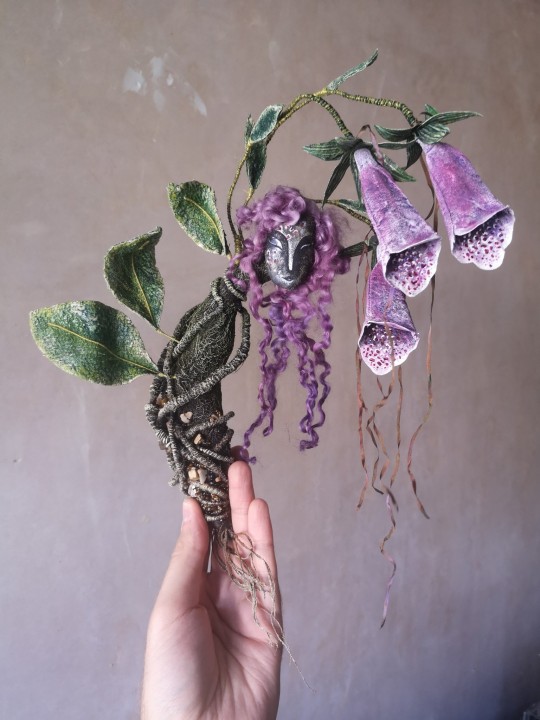
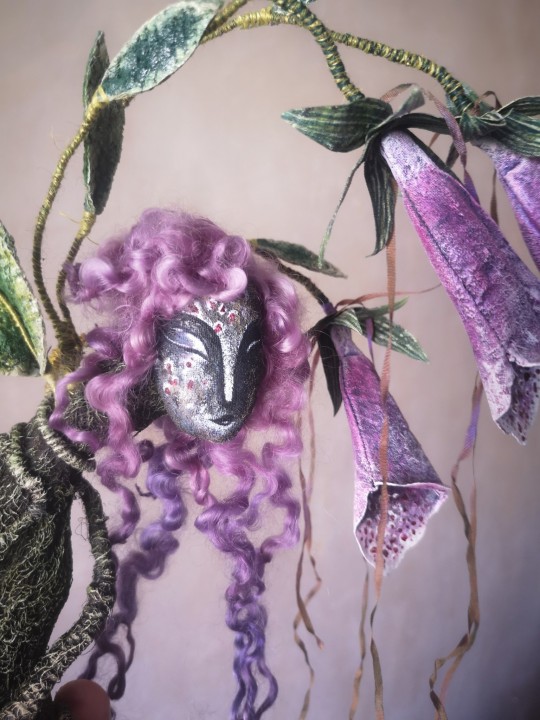
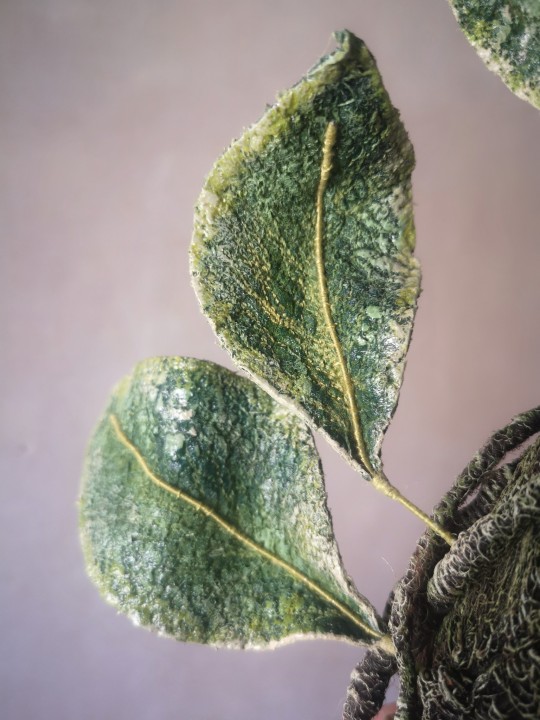
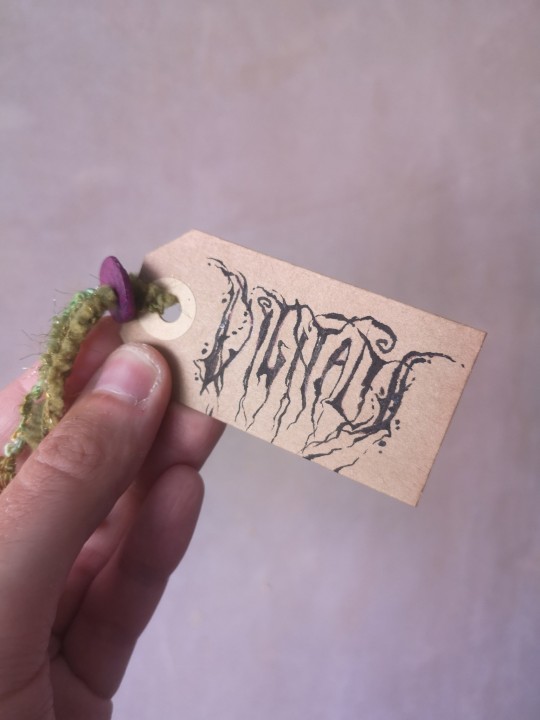
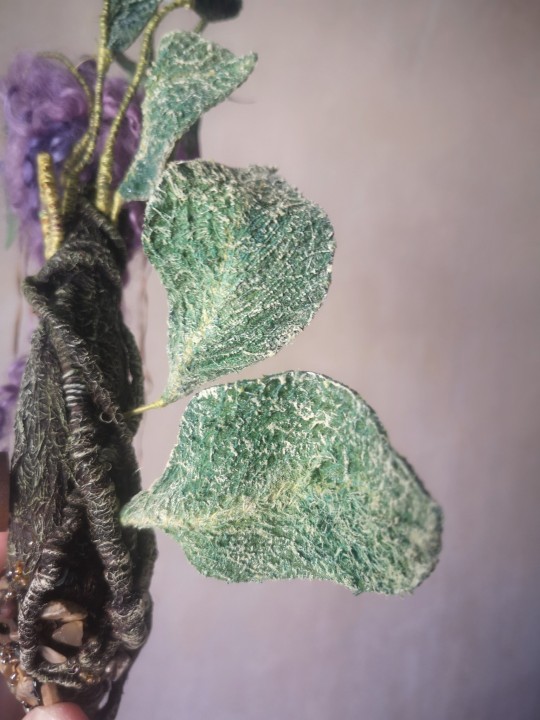
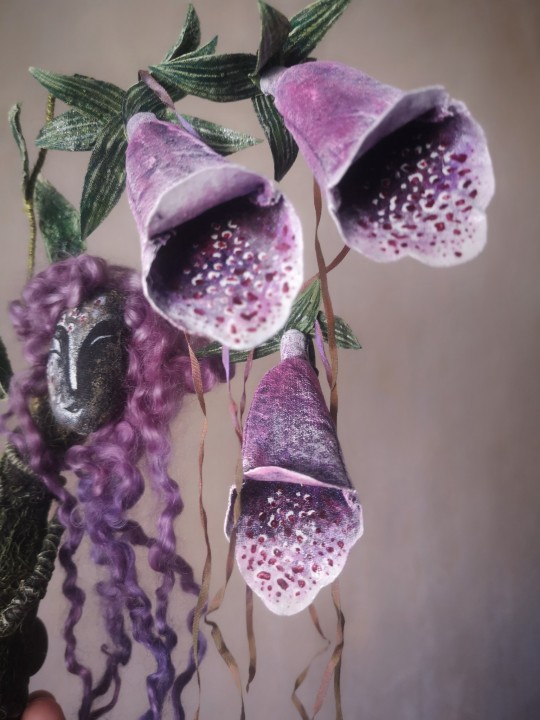
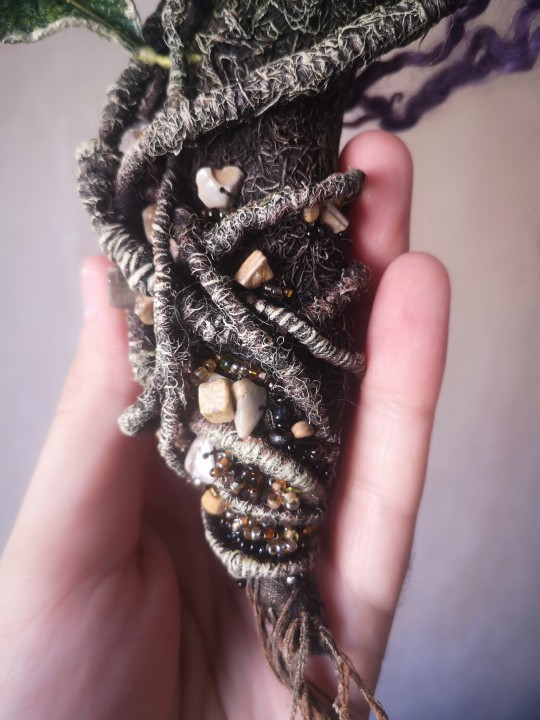
𝐆𝐀𝐑𝐃𝐄𝐍 𝐎𝐅 𝐏𝐎𝐈𝐒𝐎𝐍𝐒 𝐕: 𝐃𝐢𝐠𝐢𝐭𝐚𝐥𝐢𝐬
Foxgloves also known as fairy thimbles, witches’ gloves, and dead man’s bells, and 'fox fingers' due to the belief that foxes wear them on their paws to enable silent hunting - notably they often grow in the vicinity of fox dens on woody hillsides.
They are believed to be a plant beloved by fairies, and often appear in charms or protections from maleficia. In Roman mythology, the goddess Flora touched Hera on her breasts and stomach with foxglove in order to impregnate her with the god Mars.
In Norse mythology foxes wear the bell-shaped flowers around their necks; the ringing of bells was believed to form a spell of protection against hunters and their hounds.
Digitalis is used in contemporary medicine for slowing or strengthening of heart muscles, and was historically used to treat epilepsy. In Nicholas Culpeper's 1652 herbal digitalis is mentioned as a treatment for healing wounds, a purgative, for 'the King's Evil' (scrofula), 'the falling sickness' (epilepsy), and for a 'scabby head'.
Textile art by XPHAIEA
#folklore#xphaiea#textileartist#witchcraft#textiles#textile art#pagan#artists on tumblr#witchart#digitalis#foxglove#british folklore#poisonous plants#poison garden
159 notes
·
View notes
Text

''Hey! Up the chimney, lass! Hey after you!'' Rob Gilpin and the three witches, Old Goody Price, Old Goody Jones and the young Madge Gray taking to the air on broomsticks with three black cats.
The Witches' Frolic, from The Ingoldsby Legends, or Mirth and Marvels by Thomas Ingoldsby [Pseudonym of Richard Harris Barham] — Illustration by Arthur Rackham.
#arthur rackham#art#witches#broomsticks#the witches frolic#the ingoldsby legends#thomas ingoldsby#tappington manor#richard harris barham#witch#supernatural#rob gilpin#flying#black cat#black cats#broomstick#english#british#england#britain#folklore#magic#magical#witchcraft#cat#cats#chimney
134 notes
·
View notes
Text
How to spot a... Hogwarts edition
How to spot a Slytherin
Common habitats: gothic cathedrals, 24-hour coffee shops, antique stores, art galleries, forbidden forests, the quietest spot in libraries, cemeteries, wandering around the city at night
Common behaviours: sarcastic, stubborn, bottles up a lot of their emotions, drinks coffee in the evening, swears a lot, has a small but close social circle, likes to dress up, has expensive taste, may suffer from resting b**** face, did I say sarcastic?
Other attributes: trench coats, leather journals, marble statues, fancy teacups, family heirlooms, black silk, French perfume, sly smirks, black and white photography, champagne
How to spot a Ravenclaw
Common habitats: overstocked libraries, fancy stationary shops, mysterious castles, vintage stores, under the stars, local museums, forests, quirky cafes
Common behaviours: writes pretty notes, has the best conversations at 2am, prefers nights in, gets frustrated if they don't get something first try, caffeine addicts, prefers cold weather, listens to classical music, has a million half-finished creative projects, likes to stargaze
Other attributes: leather bound notebooks, hot coffee, old books, the arts, fountain pens, tortoiseshell glasses, constellations, ink stains, vintage blazers, stolen glances, raindrops on windows
How to spot a Hufflepuff
Common habitats: independent book shops, cosy cafes, meadows, thrift stores, petting zoos, drive-in cinemas, local bakeries, snuggled up under their blanket
Common behaviours: always has a warm drink in hand, bakes when stressed, holds the door for strangers, tends to stick to their comfort shows/movies instead of watching something new, loves plants, dances in the kitchen
Other attributes: handwritten letters, fuzzy socks, quirky mugs, old sweaters, pressed flowers, bubble baths, vintage jewellery, sunlight cracking through curtains
How to spot a Gryffindor
Common habitats: outdoor concerts, record stores, old playgrounds, by the fireplace, retro diners, campsites, petting zoos, light festivals, treehouses, secret gardens
Common behaviours: gets along with everybody, takes the risk - no matter the odds, has an unbridled passion for oddly specific things, stands up for what's right, loves to make people laugh, nice but can come across as flirty
Other attributes: gold jewellery, fireworks, hot chocolate, quidditch matches, friendship bracelets, endless laughter, crunchy leaves on an autumn morning
#hogwarts school of witchcraft and wizardry#gryffindor#slytherin#hogwarts houses#wizarding world#harry potter#ravenclaw#hufflepuff#harry potter fandom#harry potter books#academia#dark academia#chaotic academia#hp fandom#dark fantasy#classic academia#light academia#slytherdor#british school#wizarding schools#wizarding society#witchy aesthetic#gryffinpuff#ravenpuff#slytherpuff#slytherpride#slytherclaw#huffleclaw#hufflepride#hufflerin
109 notes
·
View notes
Text

The Archangel Michael
#old art#illustration#engraving#etching#line art#old books#alchemy#arcane#occult#esoteric#gothic#goth art#art#artwork#witchy things#magical#enochian#angels#witchcraft#esoterica#badass#biblical art#archaeology#old book#british library#British museum
74 notes
·
View notes
Text
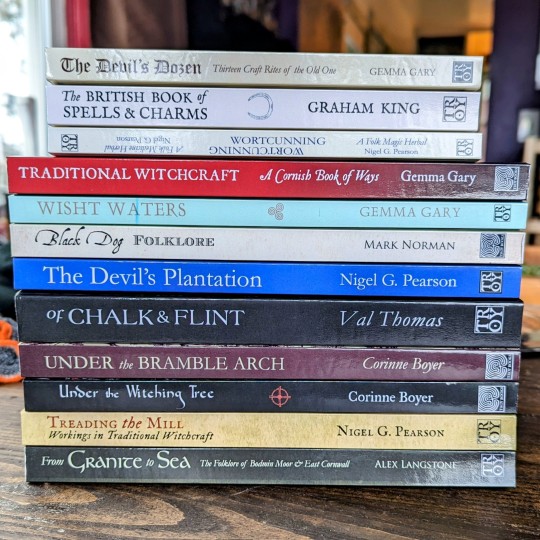
Big restock of Troy Books in our shop!
Check out all the Troy Books we carry online
Or
Check out the actual books in our shop in person in Portland, Oregon by scheduling a time to browse with this link.
#traditional witchcraft#gemma gary#of chalk and flint#devil's plntation#devil's dozen#wisht waters#witchcraft#witchblr#witchcraft*#witch store#portland#witch shop#black dog folklore#wortcunning#treading the mill#nigel g pearson#magick#british folklore#witches of tumblr
82 notes
·
View notes
Text
#fantasy#fantasy polls#fantasy literature#fantasy books#fantasy novel#lotr#jrr tolkien#harry potter#lord of the rings#lotr books#tolkien legendarium#harry potter universe#wizarding world#the lord of the rings#harry potter books#harry potter series#harry potter poll#lotr poll#lotr movies#lotr films#harry potter films#harry potter movies#fantasy film#fantasy movies#movie polls#book poll#british literature#middle earth#hogwarts#hogwarts school of witchcraft and wizardry
16 notes
·
View notes
Text


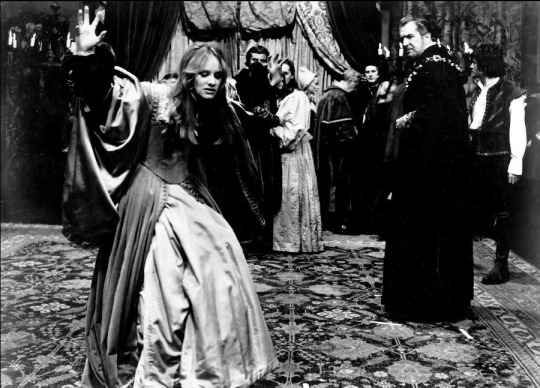
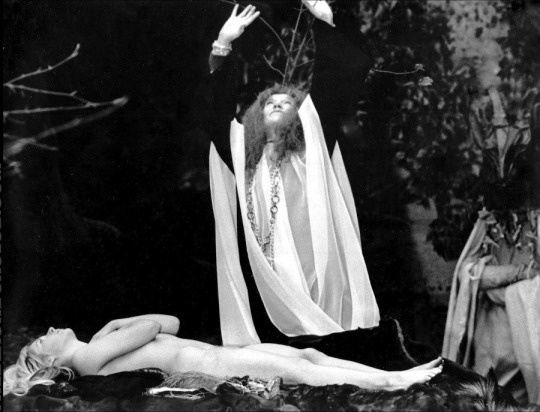

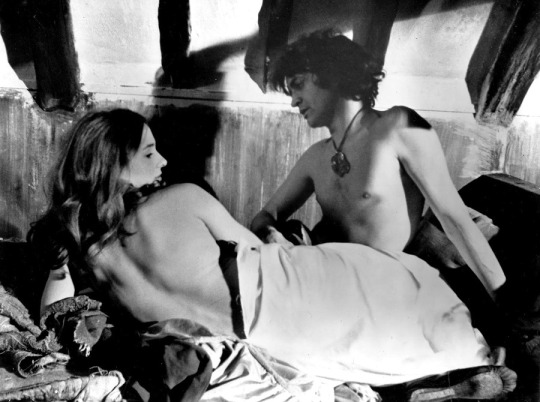

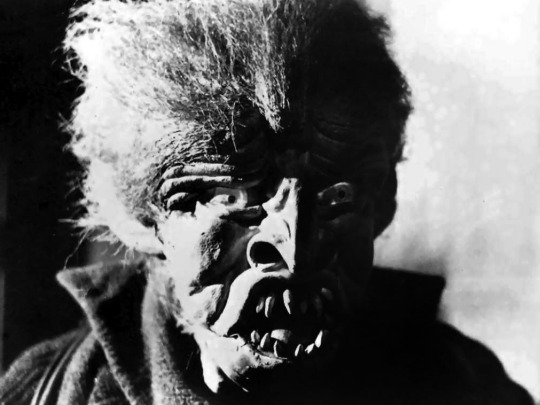


CRY OF THE BANSHEE
UK
1970
Directed by Gordon Hessler
63 notes
·
View notes
Text
Information sheet + student ID for
⭒๋࣭𝑮𝒊𝒅𝒆𝒐𝒏 𝑺𝒕𝒓𝒊𝒙 𓆙

Template by @kiwiplaetzchen

Template by @acslytherpuff
#we put a lot of research into this#the scientific name for a wood owl is just “strix”#his mum is scottish and his dad was british#Gideon Strix#hogwarts legacy mc#hogwarts legacy#hogwarts oc#hogwarts school of witchcraft and wizardry#slytherin#strix#hogwarts legacy screenshots#oc#character info
21 notes
·
View notes
Text
Black Dogs In English Folklore

[image id in alt text]
Citations at end
What are Black Dogs?
In English folklore Black Dogs are (usually) solitary spectral dogs that often appear during or before storms, sometimes at the same time as a flash of lightning, and at night. They can be differentiated from normal dogs by their looks and behaviour. Usually, they are large with shaggy fur and large, unnaturally red- or yellow-coloured eyes, or sometimes eye, that may glow. There are also cases in which the dog has no head, or even rare still, two. Some are shape-changers with the ability to change their size or even turn into another animal. They often act oddly, walking on their hind legs, or backwards, talking, etc.
Black Dogs are usually either creatures in their own right, a manifestation of the (Christian) Devil or, on occasion, a ghost. Black Dogs are most often seen as malicious and as omens of death. There are even some accounts of them killing people. But, on the other hand, they are also reported to be harmless or even helpful and protective, such as the Black Dogs of Lincolnshire. The sound of chains sometimes accompanies the Black Dog.
The Black Dogs’ Habitat
Black Dogs seem to commonly appear at roads, rivers and other bodies of water, bridges, and fields, they also commonly appear near older sites, such as ruins, standing stones, and burial mounds. Black Dogs are also commonly reported in places associated with death such as graveyards (see Church Grim), lone burial sites, and places of violent death, i.e. sites of execution; there are multiple reports of Black Dogs haunting the places where accused witches were put to death. They seem to patrol these places or haunt them. Sometimes they will haunt a person or group of people, often being an omen of their death or other misfortune.
Black Dogs as an Omen
Black Dogs are often seen as an omen of bad luck, death, and crime. If a Black Dog sits on the front step of a home or howls below a window it means one of the home’s occupants will soon die.
Black Dogs can also be an omen for less dreadful things. If a black dog is seen by a pregnant person, it means their child will be a boy.
Striker
Striker, also known as Trash, is a Black Dog and shape-changer seen in northern England. He most often takes the form of a large Blak Dog with large paws, ears, and eyes and shaggy fur. Striker also sometimes appears as a white cow or horse. Like many other black dogs Striker if often appears to a person as a death omen.
Citations:
Simpson, J., & Roud, S. (2003). A Dictionary of English Folklore. In Oxford University Press eBooks. https://doi.org/10.1093/acref/9780198607663.001.0001
Sherwood, Simon J. 2006. Black Dogs of England. Australian Folklore.
Theo Brown (1958) The Black Dog, Folklore, 69:3, 175-192, DOI: 10.1080/0015587X.1958.9717142
Harland, J. H., & Wilkinson, T. T. (1972). Lancashire folk-lore. http://gutenberg.org/ebooks/41148
Photo source:
Paget, Sidney. “The Coal-Black Hound (Hound of Baskervilles),” WikiMedia Commons, Aug. 1901, commons.wikimedia.org/wiki/File:Houn-53_-_The_coal-black_Hound_(Hound_of_Baskervilles).jpg. Accessed 24 June 2024.
#i sooooooo want that Troy book's book about black dogs#i love them so so much#my grimoire#mine#resources#folk witch#witchcraft#witch#folk magic#folk witchcraft#witchblr#english folk magic#folklore#image description in alt#black dog#black dogs#english folklore#british folklore#british folk magic
53 notes
·
View notes
Text
could never shut my brain off watching my favorite old animated movies bc road to el dorado is one of them
#my beloved spaniards (with american and british accents)#who have come to scam a hidden golden city for all theyre worth (who are darker skinned/more naive/less imperialized)#im so glad the ACTUAL villain conquistadors never find the place. who are the real enemies here. not the two white boys#and chel was there. and yes she did need to be drawn like that and it says nothing about anything at all.#oh and the villainization of native spiritual practices & witchcraft. cant forget that too! :D#UUUUUU I LOVE THIS MOVIE SO MUCH BUT IT EXISTS IN THE CONTEXT#stop reading my posts
8 notes
·
View notes
Text

A trigger warning for the content below. Suicide and abuse are lightly touched upon, so please keep that in mind when reading.
Here is the old article (if you need context)
┌────────────────── ⋆⋅☆⋅⋆ ───────────────────┐
“Witchcraft is an old hag, dead and rotting. She sits on a pile of bones, and hides behind the graves of her elders. It is here where she lurks waiting for the right moment. Witchcraft hungers for youth, it hungers for you.”
It is said that the Craft has continued to survive, despite being ‘destroyed’ time and time again. No matter how many times it has been uprooted, it is a weed that will regrow. So why the visceral description? What is it about Witchcraft that invokes such violence and wrath within the imagination? Why link it to death? To cannibalism? To these things that are faux pas in our modern world?
Within the British traditions (as well as others I am certain), there was a push to change the viewpoint of what the Craft was to the general populace. The hope being to reveal it not as some boogeyman cult, but as a private faith as genuine and fulfilling as any other. The idea of acceptance and freedom was forefront, and it can be understandable why. Who doesn’t want those things?
As a queer woman, I certainly crave acceptance and freedom. I imagine it's what we all want: to live as we will, unafraid of the threat of shame or assault. But what happens when societal mechanisms press down upon you? No one is specifically stopping you from living your life, free and happy. Yet, can anyone truly achieve those if we cannot even afford shelter and food? I can only speak from my understanding of the world, living within the USA. What was once the American Dream has transformed into a nightmare. The paralysis demon that is Despair and Dread, a future with no hope.
I sometimes wonder if my passion for the occult and (more specifically) witchcraft is an act of escapism? It's easy to understand why one would turn to the past for relief from the thought of what the future will bring. A bit of “Yeah, obviously” sort of thing. The idea of nostalgia isn’t new, whether it’s a longing for your childhood or for a history you were never a part of. I feel like it is a perfectly natural thing to experience. I know for me, it is less nostalgia for my childhood and more towards general history.
I flocked to fairy tales, folktales, old Irish ballads, ghost stories, and was thrilled to learn history. I’ve always been fascinated by how people lived their lives, how the world once was. It seems natural that I would get caught up in the obscured parts of it, into the secret histories of the Occult. Though there was also a hidden side to my interests, an obsession with death. This is what led me to find Witchcraft. I know that not all are drawn to the Craft have experienced trauma in their life, but many I know have. I certainly have. Perhaps it is an aspect of the Craft being counter-culture, being quite attractive to those that are othered.
So what is my point? All I’ve described and talked about isn't revolutionary. These topics have all been discussed by far better writers than I. Yet, we each individually come to our own revelations and realizations about these things in our own time. It is the nature of the mystery, to be experienced. And for me, all this has brought me to the understanding that we aren’t any different from the peoples of the past. The struggles I’ve described have been universal, social society evolving alongside mankind. These feelings of a hopeless future, dread and despair? The only thing that’s different is the specific nuances: technology, our understanding of how the physical world operates, etc etc.
When writing the original piece, it was fueled by my feelings of anger and frustration, fueled by a spiteful hope - The acknowledgement that I will die, traditions die, movements die. Yet, death is part of a greater cycle and that such primal and universally human desires will never be gone for long. They can only be suppressed for so long, before boiling over.
So I ask myself again, why did I write with such bloody description? I find the modern world to be oppressive when it comes to allowing the presence of healthy feminine rage. I was taught to be quiet and calm, only pleasing to others. The abuse and pain I had experienced was mere inconvenient to everyone else. It is a culmination of the many times that I had tried to end my own life, only to somehow still be alive and learn how to keep on living. A feeling of kinship to peoples long dead.
Yet with all that said, who I am now is very different from who I was then. It's true of everyone and everything, we’re moments in time: always changing and always becoming. True of people and everything we have and will ever create. The revelation of my own understanding, both as a spiritual and physical creature. The even greater revelation that this is true for every person.
“The very moment you step within the Sabbat these secrets are made possible. The witches are waiting there ready to teach and pass their secrets; however, are you ready to be dined upon by their wicked cannibalism? For when you are torn apart and thrown into the cauldron, the witch blood truly takes hold.”
I bring my entirety, whether I want to or not. The good and the bad, the love and hatred. No one is exempt from this. Things are not cookie cut perfectly as desired, everything is thrown in both good and bad. To a practice of those who have been othered, one cannot live in the fantasy that being othered prevents them from those same acts. We are all susceptible to misinformation, propaganda, bigotry and hate. The witches have a wicked cannibalism, they dine upon all of me. They dine upon all of those that seek this. And as I said before, “You are what you eat”
So to this diabolical nature, the untamed current of Witchcraft. No one group can ever hope to have ownership, despite some who have tried. No one controls when the witch cult rises and falls, it simply is and will continue to be.
Please keep in mind that all this said, I do wish to note that all this is more towards the nature of Witchcraft as I understand it and have experienced it. The untamed nature is its own beast, so do not confuse it with the depths that is the well of magic. Even so, I know that the greatest mystery for any who explores these hidden paths: to know yourself.
Hope you all enjoyed going over an older article I had written back in 2018. My current practice has been heavily influenced from my dive into philosophy, so it's good to be able to write a think-piece like this. Nothing like a healthy dose of self analyzing to help get the creative juices flowing, though I hope that I'm not the only one~
18 notes
·
View notes
Text

Secret Rites (1971)
by Derek Ford
#1970s movies#documentary#British Cinema#witchcraft#The Spindle#Alex Sanders#Verbius#British Occultists
110 notes
·
View notes
Note
Hello! How are you? I was wondering if you had any advice or tips for someone who was interested in learning and wanting to try folk magic? I've been interested in looking into it for a while, but I'm not really sure of where to go with it.
Hi! I'm good thank you!! This is my jam!!!
Okay so this might be a bit of a long one -
Folk magick is incredibly personal and local to where you are. It is magic for the people, by the people, and as such harnesses incredibly old ways of working. It is also, as a pathway, deeply accessible. I see it as a path that allows you utilise the energies around you, rather than requiring certain tools or garbs or timings like ceremonial magick does.
Some general tips I'd recommend include:
Get to know the flora and fauna in your local area, both through research but also actively communicating and working with those plants and animals. For some practitioners, like myself, this can influence the food and herbs you cook with and use for spell work (and even down to the tea I drink!).
Channel your community. Connect with the people whom you share these spaces with and understand them. You don't necessarily have to be besties, but saying a quick hello to your neighbour can go a long way.
Find your spot! When I moved for University, I picked a tree on campus that was my tree and sat with it, and - eventually - I brought more people to come sit with me. If chatting to people feels daunting, find somewhere to call your own (a booth at a coffee shop, a sofa at the library, a statue in a museum) and anchor yourself there. I like to avoid using my phone at my spot, and it's become an energetical hearth during my time at Uni, when I would often move physical spaces.
And some further reading I'd recommend to get you started:
Folk Magick vs WItchcraft
Folk Magick in the fight against Capitalism
Folk Magic Guide Video
I'll be doing a podcast episode on this shortly, so please stay tuned for that! And if you have any questions please don't be afraid to shoot me an ask - I hope this helped! x
#Special interest go brrr#so hard not making this british folk#if yall want a post on that lmk bc i have so many fuckin resources good lord#folk magic#folk witchcraft#hearth witchcraft#anti capitalist#eco witch#environmentalism#witchblr#wicca#pagan#hearth witch#folk witch#witchcraft#divination#tarot#astrology#paganism
22 notes
·
View notes